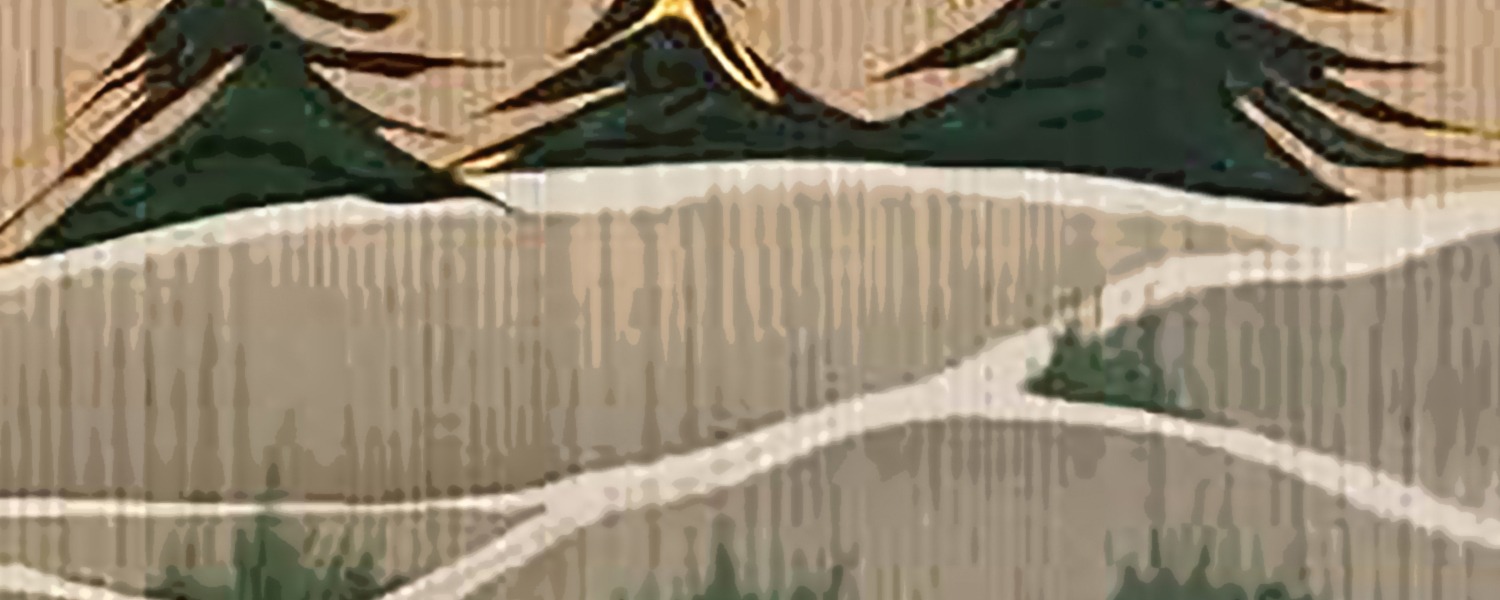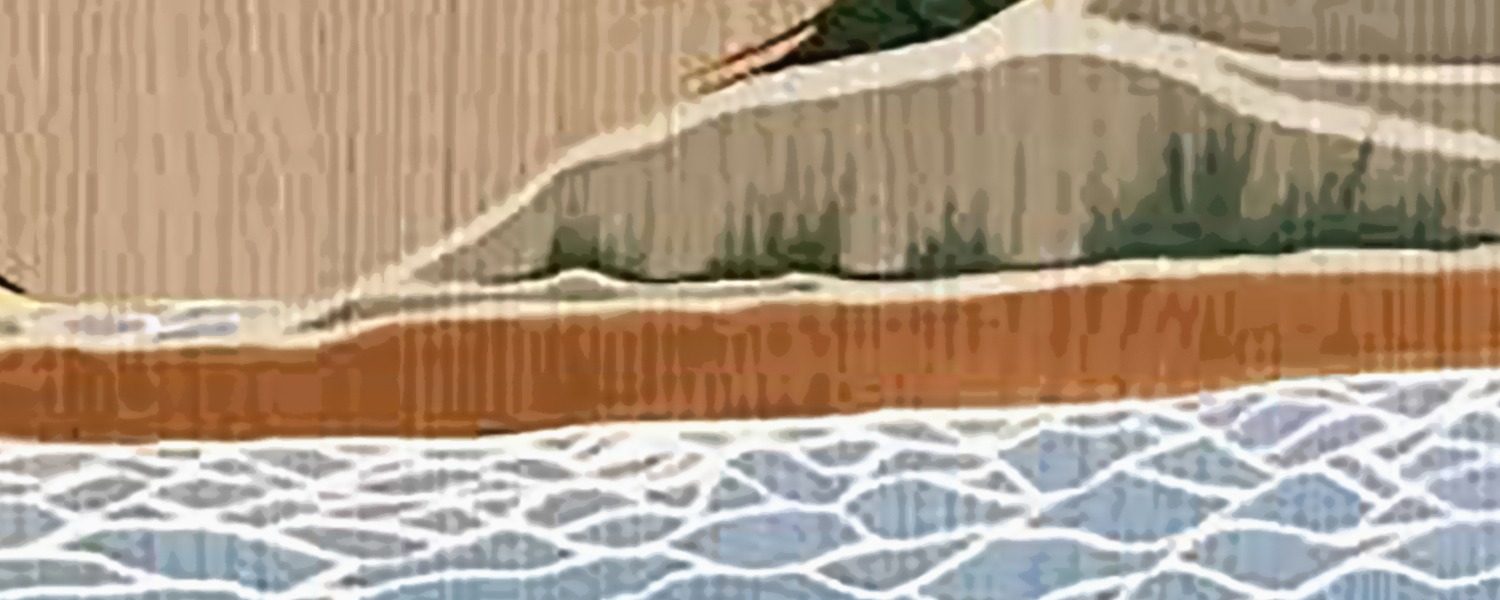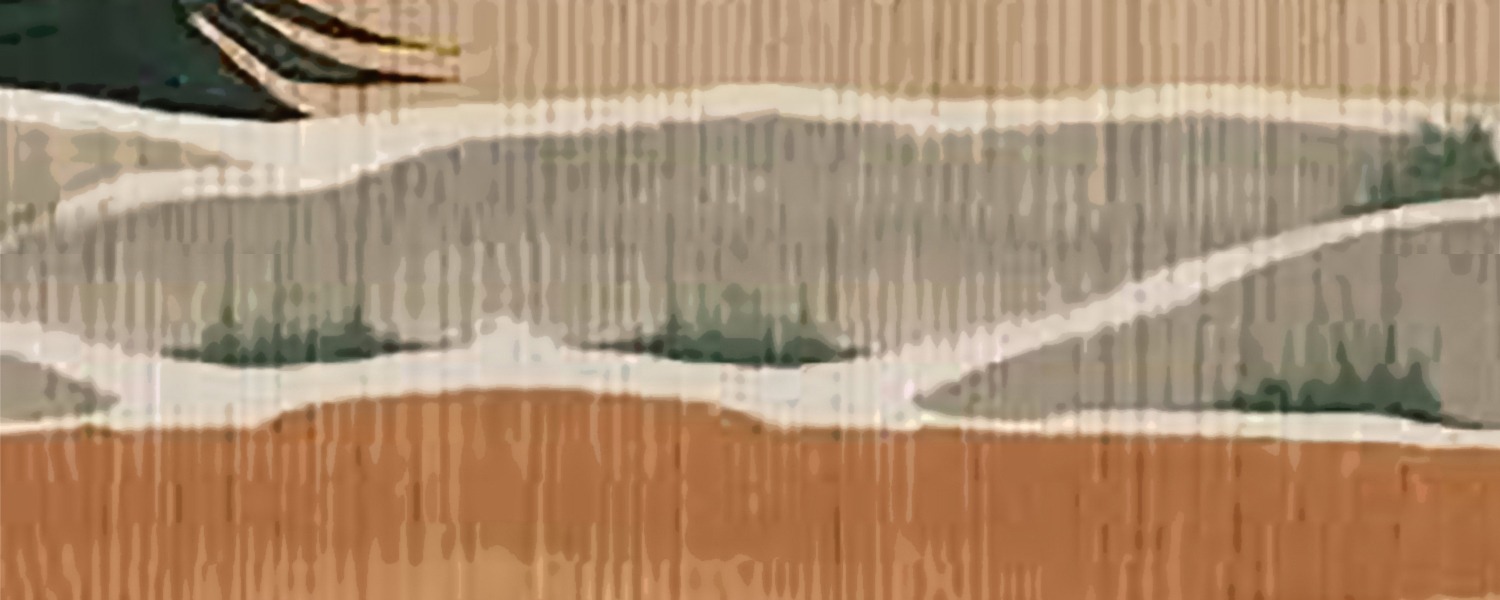Twenty-two years ago, the Royal Commission on Aboriginal Peoples set out a blueprint for recognizing Indigenous self-government and rights in Canada. This blueprint should have given life to the constitutional rights newly recognized and affirmed under s. 35 of Constitution Act, 1982. However, neither s. 35 nor the Royal Commission on Aboriginal Peoples (“RCAP”) led to the hoped for transformational change for which Indigenous peoples and advocates fought so very hard.
Yesterday, Prime Minister Justin Trudeau announced Canada will begin to address the past 150 years of inaction and colonialism through the development of a Recognition and Implementation of Indigenous Rights Framework.
The goals of this framework might be even loftier than the rhetoric the Prime Minister used in announcing it. Canada’s goal is to put a new policy and legislation in place that will effect a “government-wide shift in how we do things.” According to the PM and Canada’s press materials, the resulting legislation and policy will take steps to close the discriminatory socio-economic gap between Indigenous and non-Indigenous Canadians, and will include legislation to assist in revitalizing Indigenous languages.
While it is hard to disagree with many of the statements in the Prime Minister’s speech, e.g. governments have promised much but done little to implement s. 35 rights, or that Indigenous communities are entitled to clean drinking water and safe homes, the speech was long on promises and short on details. Even the somewhat more detailed materials from Canada only really provide topic areas for the engagement, as opposed to a concrete sense of what the government is willing to do.
The lack of detail in a political speech may be expected, but to realize any of the goals the PM outlines, Canada is going to have to get to the details quickly given the aggressive timeline – the Framework is to be completed by fall 2018 with new legislation to be passed prior to the next election in 2019. So far there are limited details about how Canada intends to organize such a momentous engagement with First Nations, Inuit, and Métis peoples. Many Indigenous peoples who participated in the reviews of the environmental legislation (including the Fisheries Act) complained about the failure of Canada to provide adequate funding for participation in the process and adequate information about the process itself.
Any meaningful process to develop the Framework needs to be accessible and Canada needs to be straight with Indigenous communities about what is really on the table. What is Canada really willing to do? For instance, Trudeau indicated that Canada would revise the Comprehensive Land Claims Policy, but it is not clear whether Canada is really interested in fully revamping the current Comprehensive Claims Policy, or whether he just wants a policy that acknowledges the circumstances of Inuit and Métis people in Comprehensive Claims.
What does “recognition” mean to Canada?
The superficiality of the proposed Framework illustrates a more fundamental challenge for Canada: what does it mean for Indigenous rights to be recognized? Who is recognizing those rights, and how?
When Prime Minister Pierre Trudeau sought to repatriate the Constitution, he did so initially without regard to Indigenous rights. Through the courageous and sustained activities of Indigenous leaders, section 35 was incorporated into the Constitution Act, 1982. The intention of these leaders was that Indigenous rights would be affirmed and recognized by Canada. The question of who and how they would become recognized plagued only the Canadian government. Constitutional discussions failed to materialise a framework for recognition, and Canada became content to have the courts do the task of recognizing Indigenous rights, at the expense of the Indigenous rights-holders. Soon too, the courts shifted this responsibility of recognition back to the government to consult and negotiate. And yet, the negotiation and implementation of treaties similarly dragged on, Canada walking a line between an agreement, and its best alternative – further litigation. Stuck in this endless loop, Indigenous rights were in a perpetual state of becoming recognized.
The challenge has always been a human one. Canadian society matured based on a fundamental denial of Indigenous humanity, and of the governance and legal orders that sustained these societies. The claim to “recognize” these rights is a claim to determine the contours and content of those rights. It is a claim to recognize those rights only to the extent that they are cognizable to analogous rights under the common law, i.e. that those rights are familiar to the colonial legal system.
When Canada says that the proposed framework will “provide clarity and certainty on Canada’s responsibilities”, what does it mean? How has it acquired such clarity and certainty? Will Indigenous peoples be required to satisfy Canada that their rights are recognizable to Canada? Inherent Indigenous rights have always been there to see. How will Canada see them? Will it put on the rose coloured glasses that it has worn for over 150 years? Perhaps it will update the prescription for its fancy Van der Peet frames? If Canada truly recognizes Indigenous rights, it may see many things it has never seen before.
Canada must radically shift how it envisions its relationship to Indigenous humanity. To be seen for who you are, by a society that accepts you for who you are, is perhaps one of the most spiriting experiences one can have. Canada has built its modern national identity on this promise. Through Canada’s adolescence and juvenile years, it has denied Indigenous peoples this fundamental human experience. It has asked, at almost every stage, for Indigenous peoples to prove that their humanity matters – their laws, languages, systems of governance, customs, culture, and family relationships. Canada must reflect on what it means when it says that it will recognize Indigenous rights. Will Canada recognize Indigenous rights for what they are, or only for what Canada wants them to be?
The Government’s Principles respecting the Government of Canada’s relationship with Indigenous peoples and today’s surprise statement by Prime Minister Justin Trudeau suggests that Canada has some interest in getting things right. The Government has recognized that section 35 of the Constitution Act, 1982 contains a “full box of rights, and holds the promise that Indigenous nations will become partners in Confederation on the basis of a fair and just reconciliation between Indigenous peoples and the Crown”. A “full box” means that Indigenous rights holders do not have to prove each of their rights. Inherent jurisdiction is the box itself. Today, the Prime Minister announced a new “framework for the recognition and implementation of Indigenous rights”, which will include “new tools […] to advance […] the inherent right of self-government”.
While the Prime Minister was clear that past and existing legislation has worked to serve colonial interests, what was missing from the Prime Minister’s statement was an unequivocal promise to enshrine the principles of inherent jurisdiction in legislation. The Royal Commission’s vision for Indigenous self-government was premised on the promulgation of a new Royal Proclamation. In its Final Report, the Truth and Reconciliation Commission repeated the need for a Royal Proclamation of Reconciliation. This Royal Proclamation would reaffirm the Nation-to-Nation relationship set out in the Royal Proclamation of 1763 and the Treaty of Niagara of 1764, and acknowledge the injustices caused by past policies and legislation. A new Royal Proclamation was the foundation of the Royal Commission’s blueprint.
To recognize the “full box” of Indigenous rights, Canada must repudiate the discredited Doctrine of Discovery and the idea of terra nullius. These principles have been used to justify the dispossession and dislocation of Indigenous peoples, their forced assimilation, and the undermining of Indigenous legal orders and forms of governance. Left alone, these principles are free to influence the standards for recognition developed under the newly proposed framework.
A Royal Proclamation of Reconciliation must commit Canada to renew or establish Treaty relationships based on mutual recognition and respect, and share responsibility for that relationship. Canada must also exhaustively adopt and implement the United Nations Declaration on the Rights of Indigenous Peoples. Indigenous legal orders must be recognized and integrated in order to ensure that Indigenous Nations are full partners in Confederation. This means not only recognizing Indigenous legal systems, but also appointing Indigenous jurists to Canadian courts. Contrary to what has been said by others, there is a significant pool of talented Indigenous lawyers and scholars from which to pull.
A new Royal Proclamation is the first step towards the full recognition and implementation of Indigenous rights, including inherent self-government. Policy statements and frameworks are not enough. A unifying vision and mandate for reconciliation is essential to the full realization of Indigenous orders of government within Canada. Such a Proclamation is about Canada cleaning its own house, and getting ready to make real change in how it approaches its relationship with Indigenous nations.
Canada must also commit to financially assisting Indigenous governments in the recognition process in a timely manner, and continue to provide levels of funding commensurate with the scope of Indigenous jurisdiction. In a world where funding for water, education and child welfare, among others, have been bottlenecked by historical formulas, it is absolutely important that Canada commit to providing reasonably comparable levels of funding for services provided by Indigenous governments.
Recognizing rights on the go-forward is not enough. Indigenous nations have borne the economic and social cost of Canada’s failure to recognize their rights. Canada continues to benefit. Recognizing and implementing Indigenous rights must also mean offering consistent levels of equitable compensation for past breaches of those rights. Compensation too has been bottlenecked by historical, unfair and discredited formulas.
This framework provides one starting point for recognizing and implementing Indigenous rights. When Canada recognizes and implements Indigenous self-government, it should consider the insights of the Royal Commission. The Royal Commission recognized a broad and flexible standard of Indigenous nationhood and noted that a one-size-fits-all approach would not be appropriate. It also recognized that consultation with Indigenous nations was essential to reconciliation. Ultimately, it is the Indigenous nations that determine their own rights, and the obligations that they owe to their citizens. In some respects, even the Royal Commission’s vision was limited by an underlying need to control the recognition of Indigenous rights.
At this point, the Government has not adequately consulted with Indigenous governments on how it intends to recognize their jurisdiction. The Prime Minister’s announcement of the framework was itself a surprise. In the future, Canada should consult with Indigenous Nations and the communities that they represent, particularly so where it purports to chart a path for fulfilling their destinies. The three umbrella political organizations – the Assembly of First Nations, the Nunavut Tunngavik Incorporated, and the Metis National Council – have important insights to contribute, but consultation must always be with the Indigenous Nations and their citizens.
A cynical person might be inclined to read the framework as a means for the government to stanch its repeated losses in litigation, unilaterally control the recognition of Indigenous rights, and pre-empt Indigenous peoples’ assertion of their basic civil rights, all before the next Federal election. I am hopeful that the Government will “do better”. Most of all, I am hopeful that Canada recognizes Indigenous rights, not for how it wants to see them, but for what they are and always have been.
Related Posts

Ontario Heritage Trust v Hunter: Chippewas of Nawash Unceded First Nation’s rights to protect Nochemowenaing affirmed and encroachments ordered removed
Wednesday, July 9, 2025
In a recent victory, on June 6, 2025, the Ontario Superior Court ruled in favour of the Ontario Heritage Trust (“OHT”) and the Chippewas of Nawash…
Read More...
Saugeen Ojibway Nation’s Legal Fight for Land, Waters, and Decision-Making Rights
Wednesday, June 25, 2025
Last week, the Saugeen Ojibway Nation (SON) was in the news about how it is continuing to fight to protect the lands and waters of their…
Read More...
Ontario’s Proposed Bill 5 Will Be Devastating to Indigenous Rights and Interests
Monday, May 12, 2025 | Part 3
On April 17, 2025, the Government of Ontario introduced Bill 5, the dramatically-named Protect Ontario by Unleashing our Economy Act, 2025.
Read More...
